Introduction: Overview of Bird Seed Blocks

Bird seed blocks are a popular and convenient method for attracting and feeding birds in backyards and gardens. These compact blocks provide nutrition and entertainment for both birds and birdwatchers.
Made from a mixture of bird seeds, nuts, fruits, and other ingredients, bird seed blocks can be hung, placed on feeders, or mounted on poles to attract various bird species. Unlike loose birdseed, they are less likely to be wasted or scattered, making them practical for bird enthusiasts.
Customization is a significant advantage of making bird seed blocks at home. By selecting specific ingredients, you can cater to the dietary preferences of different birds and create a targeted feeding experience.
Creating bird seed blocks is a cost-effective and enjoyable activity. In this article, we will guide you through the process, providing tips and variations. Whether you’re a beginner or experienced, this guide will enhance your bird-watching experience.
Throughout the article, we will explore the benefits, materials needed, and provide a detailed step-by-step guide. We’ll also share tips for perfect bird seed blocks and recommend additional resources.
Now, let’s delve into the world of bird seed blocks and discover how to attract feathered friends to your outdoor space.
Benefits of Making Bird Seed Blocks
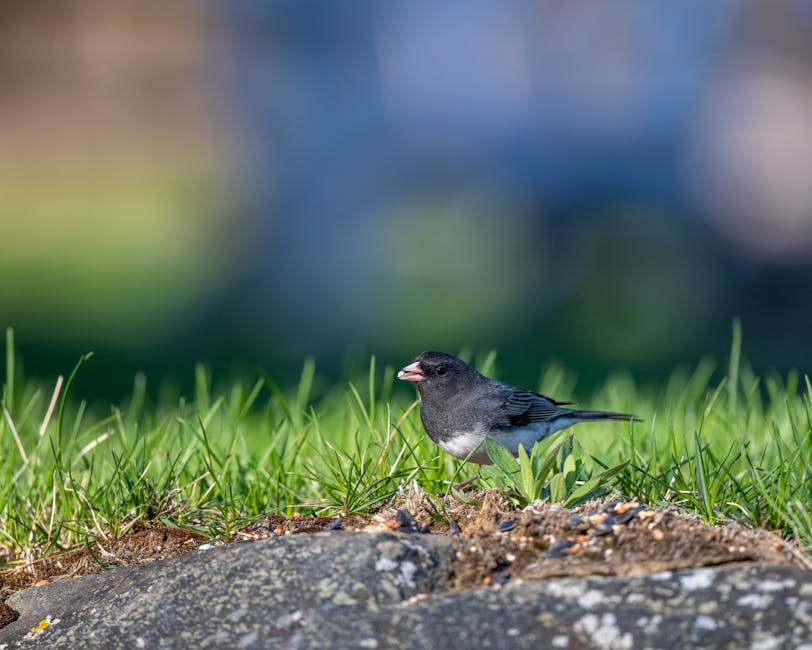
Bird seed blocks offer numerous benefits for birds and bird enthusiasts. By making your own blocks, you create a diverse habitat, provide nutrition, and engage in a cost-effective and customizable activity. Here are the key benefits:
Attracts a Variety of Birds
![]()
Bird seed blocks attract a wide range of bird species with their variety of seeds. Watching a colorful assortment of feathered visitors can be a rewarding experience.
Nutritional Support
Bird seed blocks provide essential fats, proteins, and carbohydrates, maintaining birds’ energy levels, especially during colder months or migration periods.
Cost-Effective Option
Making your own bird seed blocks is a cost-effective alternative to store-bought options. You can create blocks with simple and inexpensive ingredients, sustaining birds without breaking the bank.
Customizable Recipes
Tailor the recipe to attract specific bird species by catering to their dietary needs and preferences.
Educational Opportunity
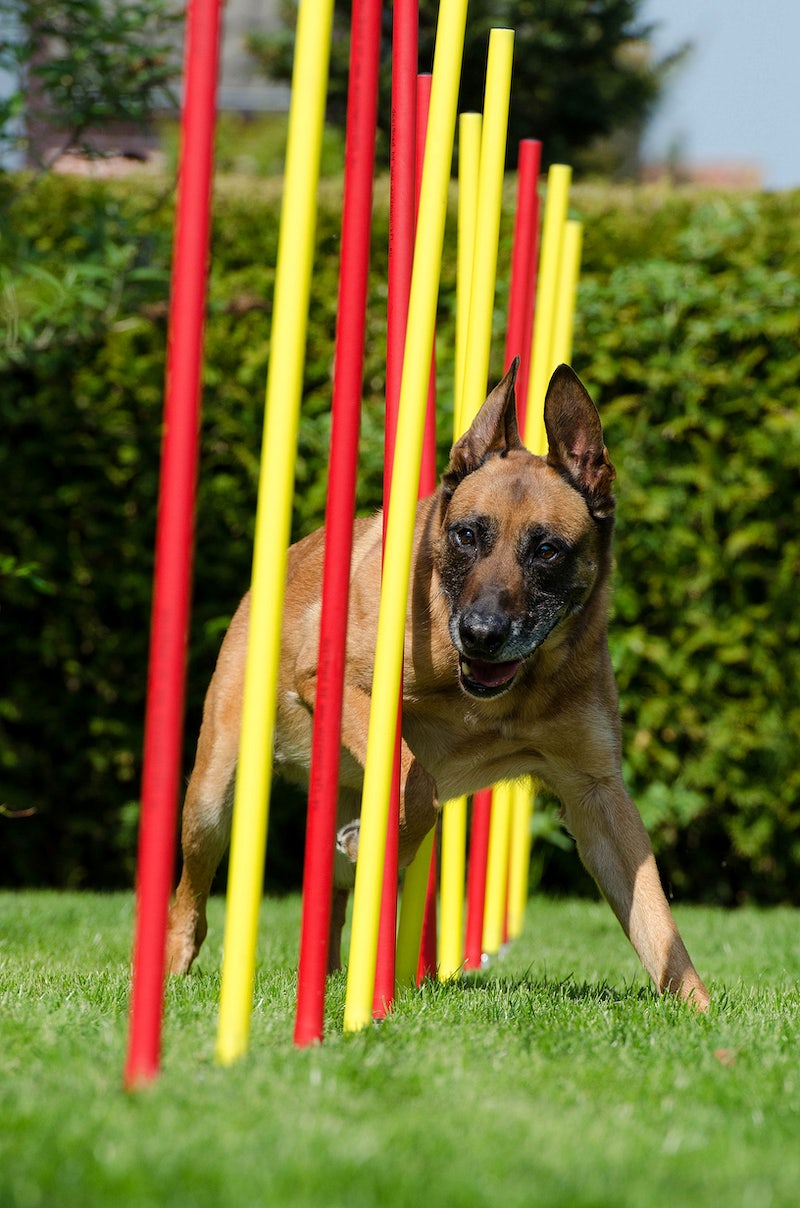
Making bird seed blocks allows children to learn about different bird species, their dietary habits, and environmental stewardship.
Entertainment and Observation
Bird seed blocks provide entertainment and observation opportunities for bird enthusiasts. Observing birds’ behaviors and unique characteristics offers hours of enjoyment and relaxation.
In conclusion, making bird seed blocks attracts a diverse range of birds, provides nutrition, is cost-effective, allows customization, offers educational opportunities, and provides entertainment through observation. Incorporating these blocks into your outdoor space creates a welcoming haven for birds while engaging in a rewarding activity.
Materials You Need to Make a Bird Seed Block
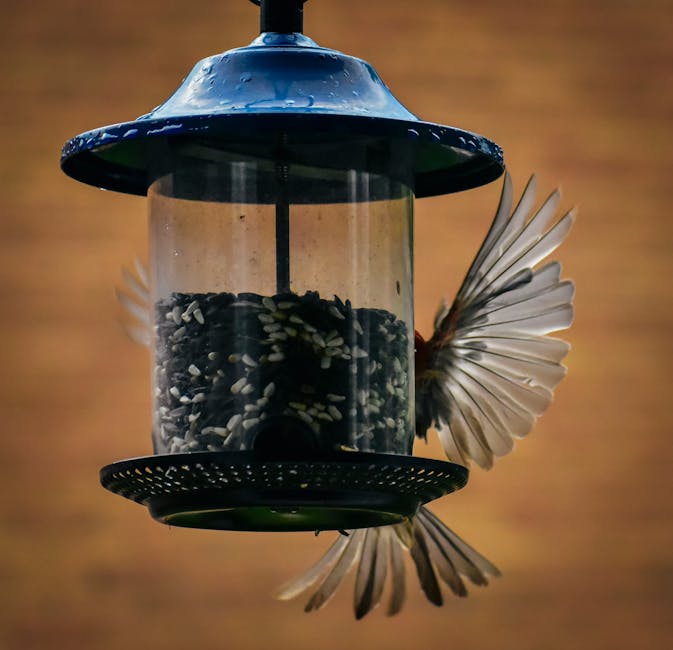
To make a bird seed block, gather the following materials:
Base Ingredients
-
Bird seed: Choose a variety of bird seeds like sunflower seeds, millet, cracked corn, or nyjer seeds to attract different bird species and provide essential nutrients.
-
Gelatin or agar-agar: Use gelatin or agar-agar as a binding agent to hold the bird seed together. Agar-agar is a vegetarian alternative to gelatin.
Optional Ingredients
-
Peanut butter: Enhance the taste and nutrition by adding unsalted and unsweetened peanut butter.
-
Dried fruits: Add variety and appeal to the block by incorporating chopped dried fruits like raisins or cranberries.
-
Suet or lard: Increase the energy content of the bird seed block with suet or lard, especially during colder months when birds need extra calories.
Molding and Hanging
-
Molding container: Shape the bird seed block using a cake pan, muffin tin, or specialized bird seed block molds.
-
String or twine: Attach a strong string or twine to the bird seed block for convenient hanging on a tree branch or bird feeder.
Tools and Utensils
-
Mixing bowl: Use a deep mixing bowl to combine the bird seed and other ingredients.
-
Spoon or spatula: Stir the mixture thoroughly with a sturdy utensil to ensure even distribution of ingredients and easy pressing into the mold.
Now that you have the necessary materials, let’s move on to the step-by-step guide for making a bird seed block.
Step-by-Step Guide to Making a Bird Seed Block
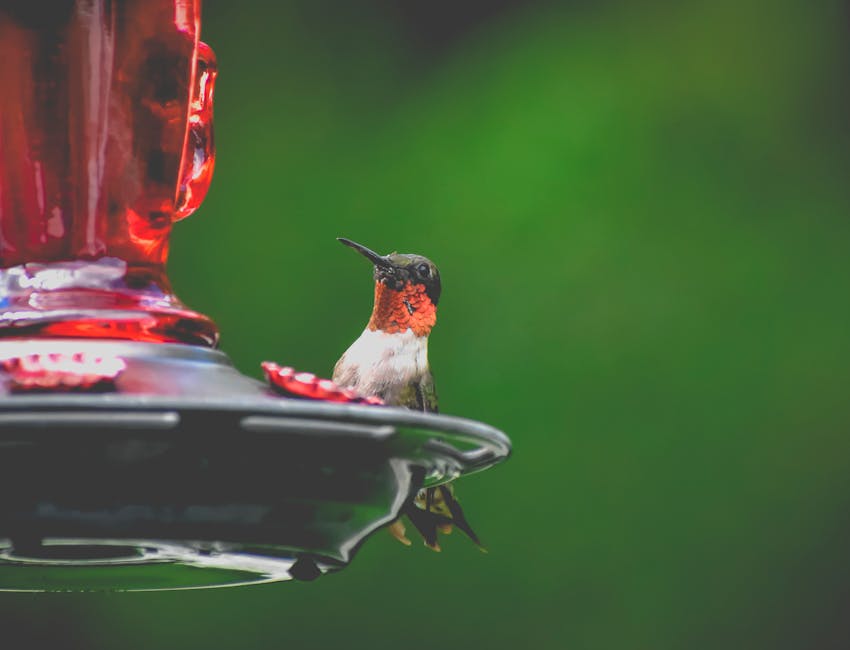
Create a tasty treat that will attract a variety of birds to your backyard by following these simple instructions:
Step 1: Prepare the Workspace
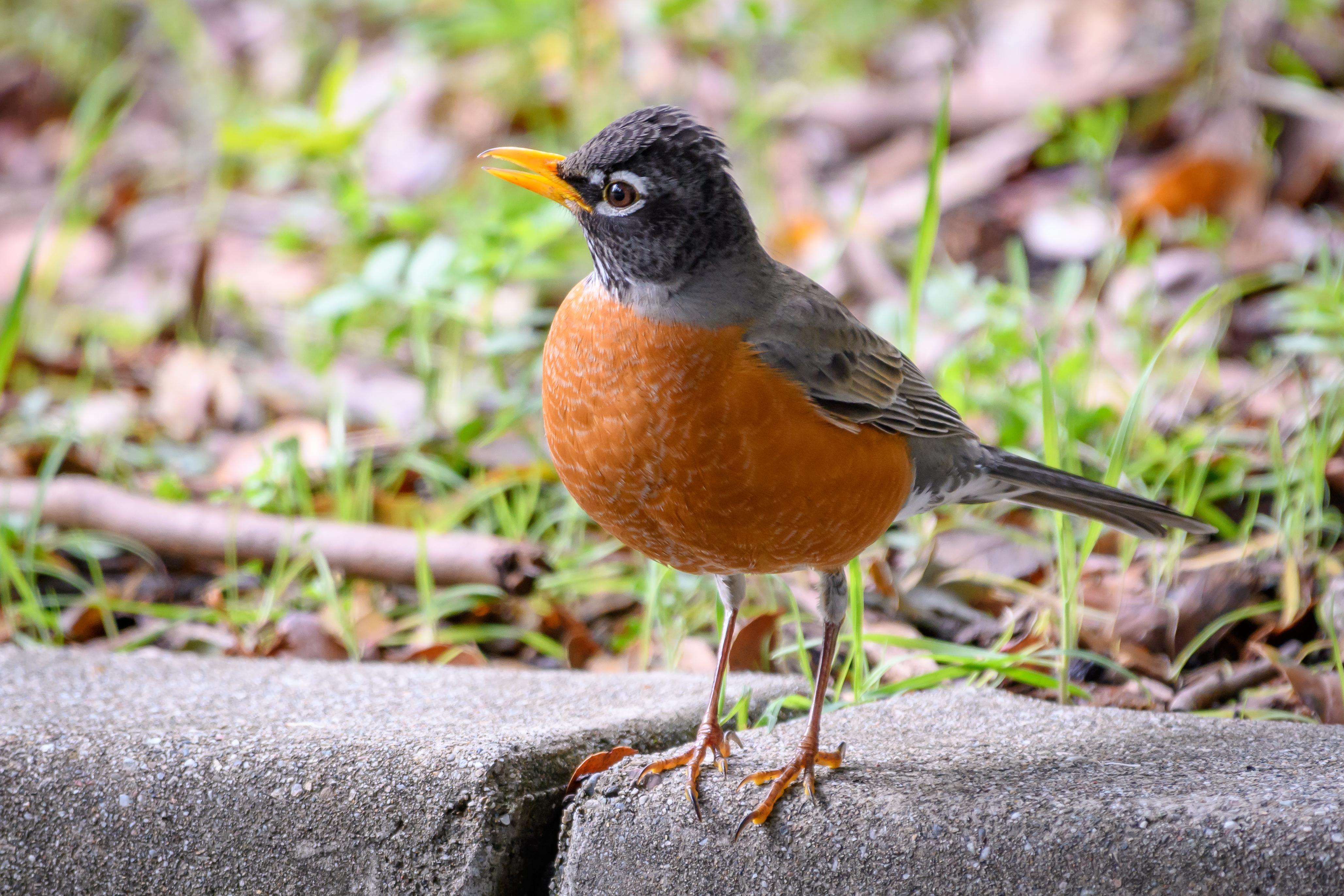
Ensure a clean and organized workspace. Gather all the necessary materials within easy reach.
Step 2: Assemble the Ingredients
You will need:
- Bird seed mix: Choose a variety preferred by different bird species.
- Gelatin or agar powder: Acts as a binding agent.
- Water: Used to mix with the binding agent.
- Mixing bowl: Select a bowl large enough for the bird seed mixture.
- Mold or container: Use a cookie cutter, muffin tin, or plastic container.
Step 3: Mix the Ingredients
Combine the ingredients:
- In a mixing bowl, pour an appropriate amount of bird seed mix.
- Gradually add the gelatin or agar powder following the package instructions (typically one part binding agent to four parts bird seed mix).
- Stir thoroughly to evenly distribute the binding agent.
- Slowly pour in water while stirring until a sticky consistency is achieved.
Step 4: Mold the Bird Seed Block
Transfer the mixture to your chosen mold or container:
- Lightly grease the mold or container to prevent sticking.
- Spoon the bird seed mixture into the mold, pressing it down firmly.
- Smooth the top surface of the block to ensure it is level and compact.
Step 5: Let it Set
Allow the bird seed block to set and harden according to the instructions on the gelatin or agar powder package.
Step 6: Remove and Hang the Bird Seed Block
Carefully remove the block from the mold or container. Insert a string or twine through the block to create a hanging loop. Find a suitable location in your yard or garden to hang the bird seed block, ensuring easy accessibility for birds.
By following these steps, you can create your own bird seed blocks and provide a nutritious and delightful treat for your feathered friends. In the next section, we will share valuable tips to help you achieve perfect bird seed blocks.
Tips for Creating Perfect Bird Seed Blocks
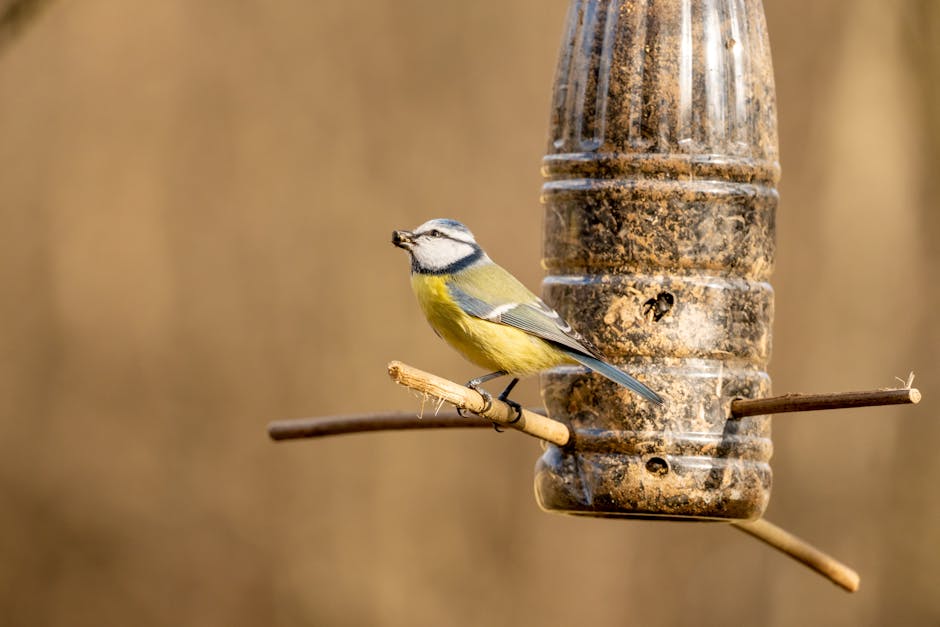
Creating the perfect bird seed blocks requires attention to detail and consideration of various factors. Here are some helpful tips to ensure your bird seed blocks turn out great:
1. Quality Ingredients

Start with a high-quality bird seed mix that includes a variety of seeds to attract a wide range of bird species. Opt for a blend that incorporates sunflower seeds, millet, cracked corn, and nyjer seeds. Avoid seed blends with fillers or low-quality seeds, as they may not be as appealing to birds.
2. Choosing the Right Binding Agent
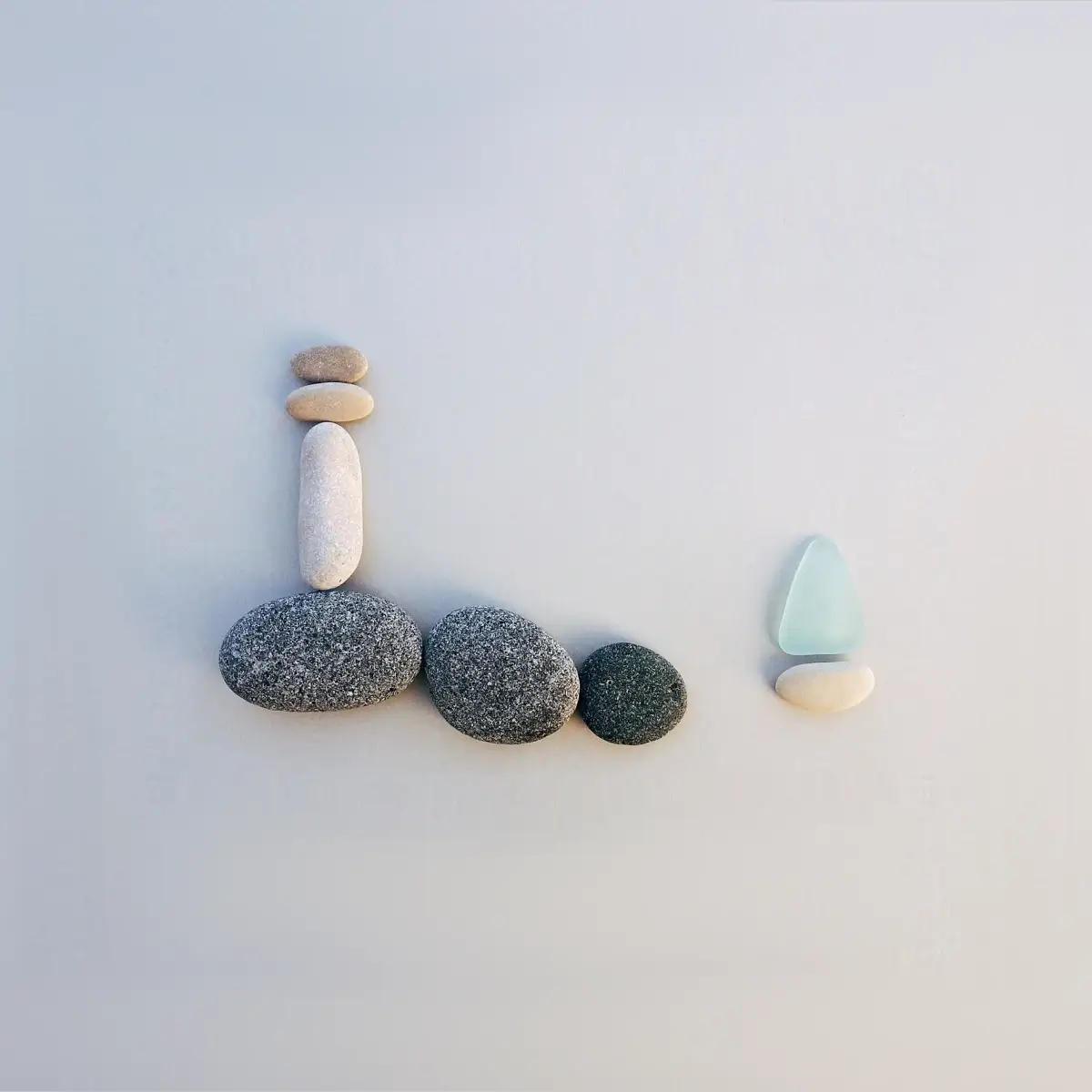
The choice of binding agent plays a crucial role in holding the bird seed block together. Consider the following options:
- Gelatin: Unflavored gelatin is an excellent choice for vegetarian bird seed blocks, providing a strong binding agent without the use of animal by-products.
- Peanut Butter: Natural, unsalted peanut butter can also serve as an effective binding agent. Avoid varieties with additives such as sugar or xylitol, as they can be harmful to birds.
- Suet: Rendered beef or pork fat, known as suet, is a traditional and reliable binding agent that offers energy-rich content for birds, particularly during colder months.
- Corn Syrup: Light corn syrup can be an alternative binding agent, especially for those who prefer not to use animal-based products.
3. Molding Techniques
Choosing the right molds is essential for shaping your bird seed blocks effectively. Consider the following options:
- Cookie Cutters: Versatile and available in various shapes and sizes, cookie cutters allow you to create bird seed blocks with ease. Ensure that the cookie cutter has a sturdy construction and is large enough to hold an adequate amount of seed mixture.
- Muffin Tins: Muffin tins provide a convenient and uniform shape for bird seed blocks. Apply a light coating of cooking spray or vegetable oil to prevent the mixture from sticking to the tin.
- Specialized Bird Seed Block Molds: Designed specifically for this purpose, specialized bird seed block molds can be found at bird supply stores or online. These molds often have intricate patterns and shapes, adding aesthetic appeal to your bird seed blocks.
By following these tips, you can create bird seed blocks that are appealing to birds and enjoyable to make. Experiment with different ingredients, binding agents, and molds to add variety to your bird feeding activities.
Conclusion: Why Bird Seed Blocks are a Fun and Beneficial Activity

Crafting bird seed blocks is a fun and rewarding activity that benefits both birds and bird enthusiasts. By using high-quality ingredients, choosing suitable binding agents, and selecting the right molds, you can create perfect bird seed blocks that attract a wide range of bird species. Enjoy the process of making these blocks and observe the delightful sight of birds flocking to your backyard.
For more information and inspiration, refer to the resources provided below:
These resources offer valuable insights, tips, and ideas for making bird seed blocks. Explore them to expand your knowledge and enhance your birding experience.
Resources for Making Bird Seed Blocks

If you’re passionate about making bird seed blocks, there are various resources available to enhance your skills and knowledge. Explore these recommended sources:
1. Online Forums and Communities
Engage with bird enthusiasts in online forums and communities dedicated to birdwatching, bird feeding, and DIY bird projects. Connect with experienced individuals and seek advice from these popular platforms:
- BirdForum: A vibrant community discussing a wide range of bird-related topics.
- Houzz Birding: A platform offering discussions and ideas on birding, including DIY projects like bird seed blocks.
- Reddit – Bird Watching: A subreddit where you can connect with fellow bird enthusiasts and seek advice.
2. Birding Websites and Blogs
Reputable birding websites and blogs provide detailed articles, guides, and tutorials on bird feeding and DIY projects. Discover step-by-step instructions, ingredient lists, and additional tips from the following resources:
- Audubon: The official website of the National Audubon Society, offering a wealth of birding information.
- Bird Watcher’s Digest: A comprehensive resource for birdwatchers, including articles and guides on bird feeding.
- The Spruce: A website covering various aspects of birding, including DIY projects and bird seed block recipes.
3. Birding Associations and Organizations
Notable birding associations and organizations provide educational resources, publications, and guides on bird-related topics. Gain valuable insights into making bird seed blocks from these sources:
- National Audubon Society: In addition to its website, the Audubon Society publishes books, magazines, and educational materials on birding and bird feeding.
- Cornell Lab of Ornithology: Renowned for bird research and conservation efforts, offering a wealth of educational resources on birds and birding.
4. Books and Field Guides
Refer to books and field guides dedicated to bird feeding and attracting birds to your backyard. Look for sections discussing DIY bird seed block recipes and techniques. Recommended reads include:
- “The Joy of Bird Feeding” by Jim Carpenter
- “The Backyard Bird Feeder’s Bible” by Sally Roth
- “The Stokes Bird Feeder Book” by Donald Stokes and Lillian Stokes
By exploring these resources, you’ll deepen your understanding of making bird seed blocks and discover ideas to enhance your bird feeding experience. Experiment, have fun, and observe the joy of attracting beautiful feathered visitors to your backyard. Happy birding!
Frequently Asked Questions
FAQ
1. What are bird seed blocks?
Bird seed blocks are compact blocks made from a mixture of bird seeds, nuts, fruits, and other ingredients. They are used to attract and feed birds in backyards and gardens.
2. How do you make a bird seed block?
To make a bird seed block, you will need bird seed, a binding agent (such as gelatin or agar-agar), optional ingredients like peanut butter or dried fruits, a molding container, and tools like a mixing bowl and spoon. Mix the ingredients, mold the mixture into a desired shape, let it set, and hang it for the birds to enjoy.
3. What ingredients are needed to make a bird seed block?
The base ingredients for a bird seed block include bird seed and a binding agent (gelatin or agar-agar). Optional ingredients can include peanut butter, dried fruits, and suet or lard for added nutrition. You will also need a molding container, string or twine for hanging, and tools like a mixing bowl and spoon.
4. How do bird seed blocks attract birds?
Bird seed blocks attract birds with their variety of seeds and ingredients. Different bird species are attracted to specific types of seeds, so by using a diverse mix of seeds in your blocks, you can attract a wide range of birds to your outdoor space.
5. Where can I find additional resources and information on making bird seed blocks?
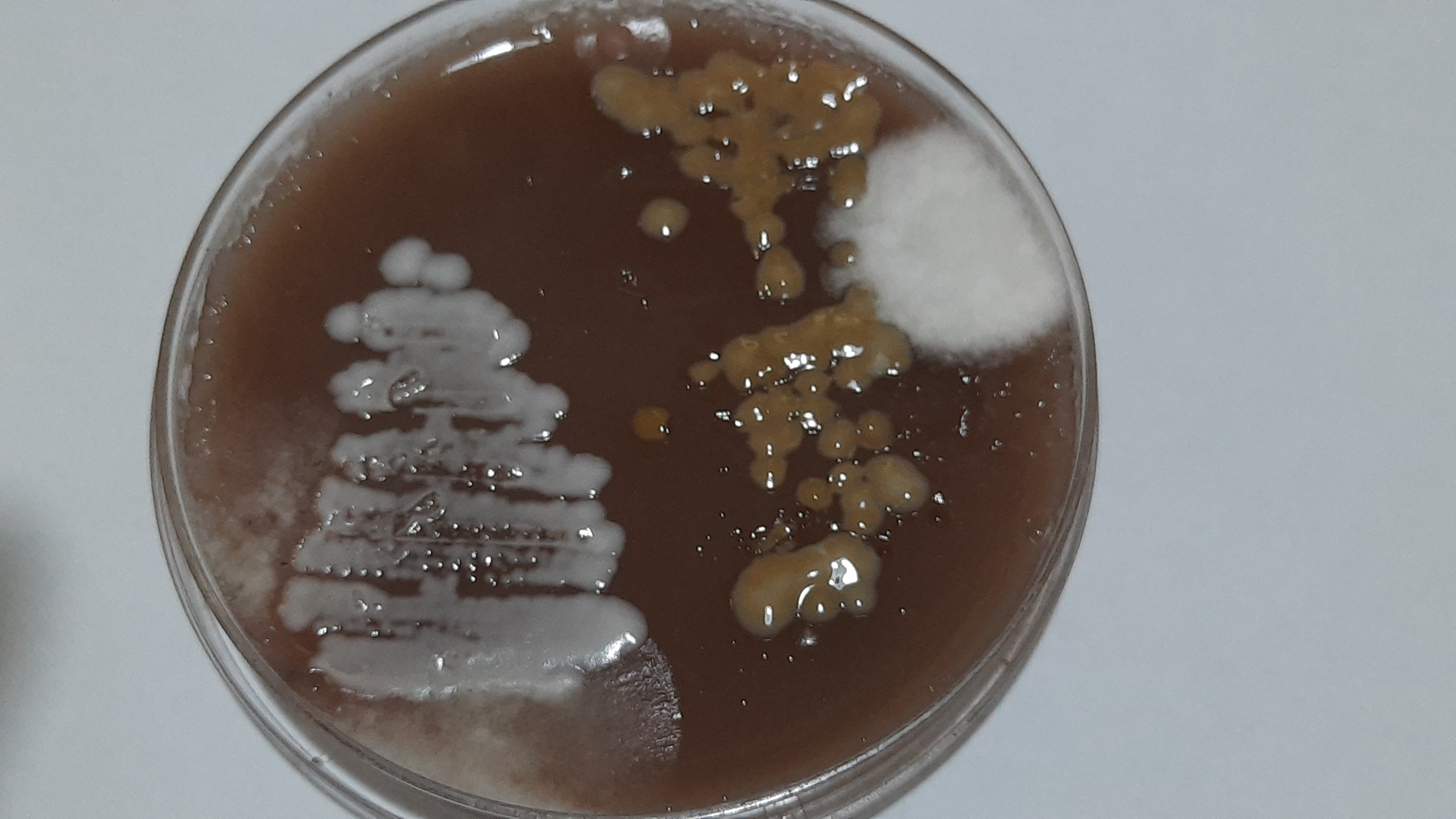
For additional resources and information on making bird seed blocks, you can refer to reputable sources such as the National Audubon Society, Bird Watching HQ, Birds & Blooms, The Spruce, and Birds.com. These sources offer valuable insights, tips, and ideas to enhance your bird seed block-making experience.


Leave a Reply